King West Village – A Royal Welcome
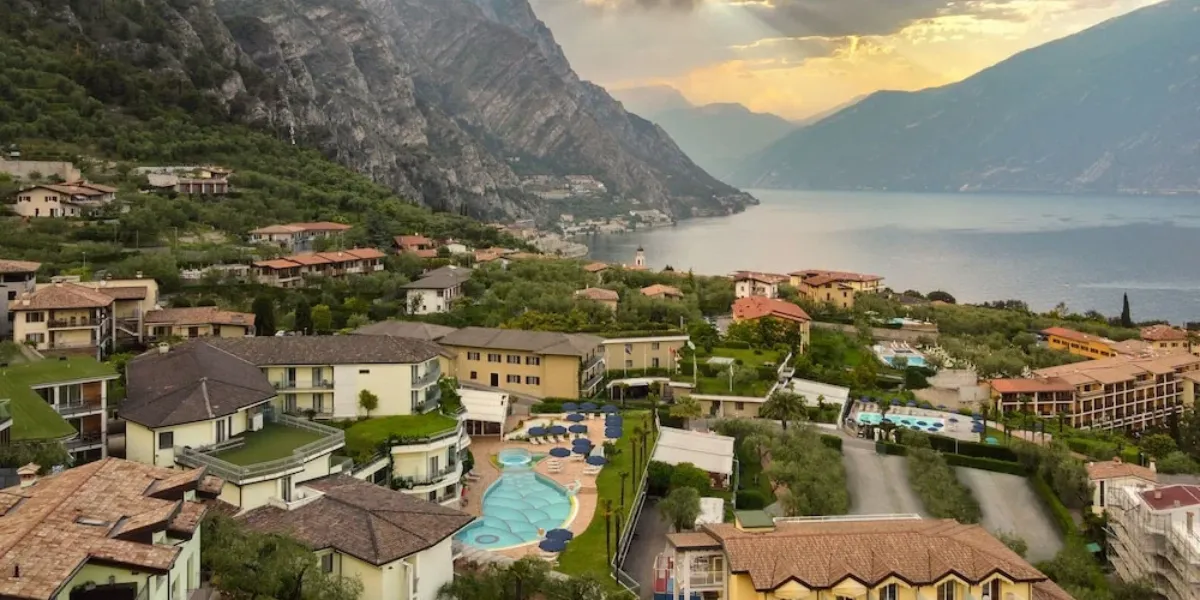
Welcome King West Village: York’s Legacy & Toronto’s Origin King West Village, located in downtown Toronto, stands as a vibrant and dynamic neighborhood that blends historical charm with contemporary appeal. This heading emphasizes the area’s welcoming and prestigious nature, reflecting both its historical significance and modern-day allure.
Historical Background:
The area, originally part of the Town of York, played a significant role in the early development of Toronto.
Named after King Street, one of Toronto’s primary thoroughfares, which itself was named in honor of King George III.
Cultural Significance:
King West Village retains a unique cultural heritage, with historical buildings and landmarks that offer a glimpse into Toronto’s past.
It has transformed into a hub of cultural activities, with theaters, galleries, and museums.
Modern Appeal:
Today, King West Village is known for its trendy vibe, featuring a mix of upscale restaurants, boutiques, and nightlife.
The area is popular among young professionals and creatives, contributing to its vibrant community atmosphere.
Urban Development:
The neighborhood has seen significant development, with new residential and commercial projects enhancing its infrastructure while preserving historical elements.
Efforts to maintain the historical integrity of the area alongside modern growth demonstrate a balance between old and new.
Community and Lifestyle:
King West Village offers a high quality of life with its walkable streets, green spaces, and community-oriented events.
The neighborhood is characterized by its inclusivity and welcoming spirit, making it a desirable place to live and visit.
By encapsulating these elements, the heading “King West Village – A Royal Welcome” suggests that the neighborhood not only honors its regal historical roots but also offers a gracious and appealing experience to residents and visitors alike.
The Historical Significance of King West Village
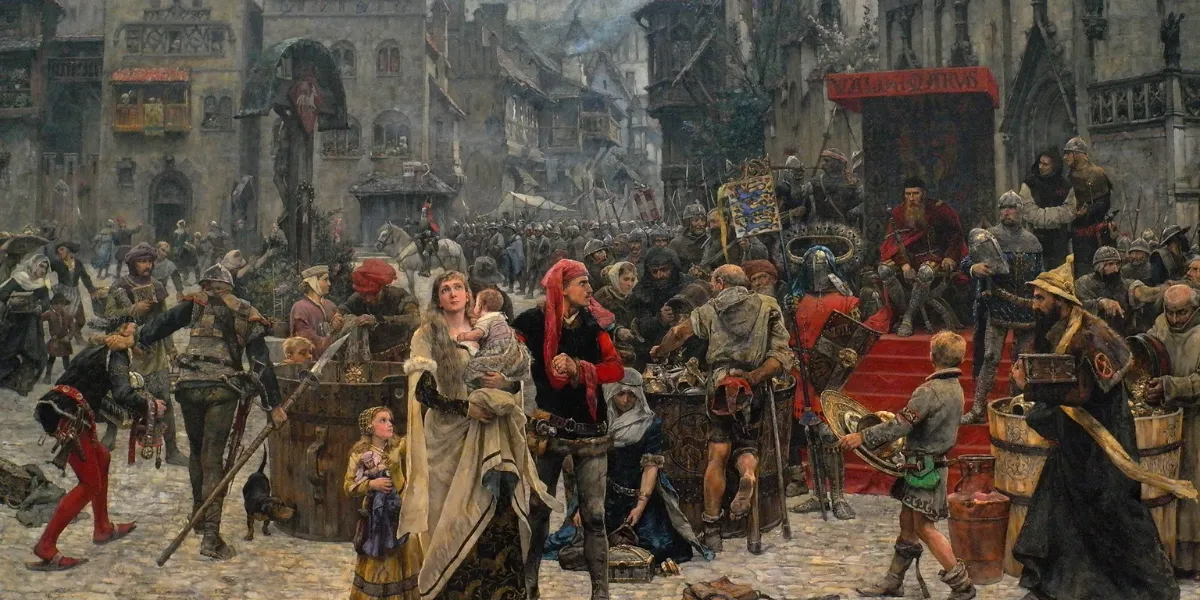
King West Village is more than just a trendy urban neighborhood; it is a place steeped in rich history that has played a pivotal role in the development of Toronto. This heading explores the various aspects of King West Village’s historical significance.
Early Settlement:
King West Village was originally part of the Town of York, established in the late 18th century as a British colonial outpost.
It served as a strategic military and administrative center for Upper Canada (now Ontario), helping to establish the foundations of what would become Toronto.
Industrial Growth:
During the 19th century, the area developed into an industrial hub, with factories, warehouses, and railways contributing to the economic growth of Toronto.
The industrial boom attracted workers and immigrants, leading to a diverse and vibrant community.
Architectural Heritage:
The neighborhood is home to many historical buildings and structures, showcasing architectural styles from different periods.
Notable landmarks include the historic King Street theatres and Victorian-era residential buildings, which add to the area’s charm and character.
Cultural Evolution:
King West Village has long been a cultural hotspot, with a history of hosting theaters, art galleries, and cultural events.
It has played a crucial role in the development of Toronto’s arts scene, influencing the city’s cultural landscape.
Transformation and Revitalization:
The area has undergone significant changes, transitioning from an industrial district to a vibrant mixed-use neighborhood.
Efforts to preserve its historical sites while accommodating modern development have been central to its revitalization.
Key Historical Events:
The neighborhood has been a backdrop for various historical events, including military engagements during the War of 1812 and significant social and political movements in the 20th century.
These events have shaped the identity and legacy of King West Village.
Community Legacy:
The historical narrative of King West Village is preserved through community efforts and historical societies dedicated to maintaining its heritage.
Local initiatives and tours often highlight the neighborhood’s rich past, educating residents and visitors alike.
By exploring these elements, the heading “The Historical Significance of King West Village” underscores the importance of this neighborhood not just as a part of Toronto’s history, but as a critical component in the city’s overall development and cultural evolution.
From Town of York to Modern Toronto: An Evolution
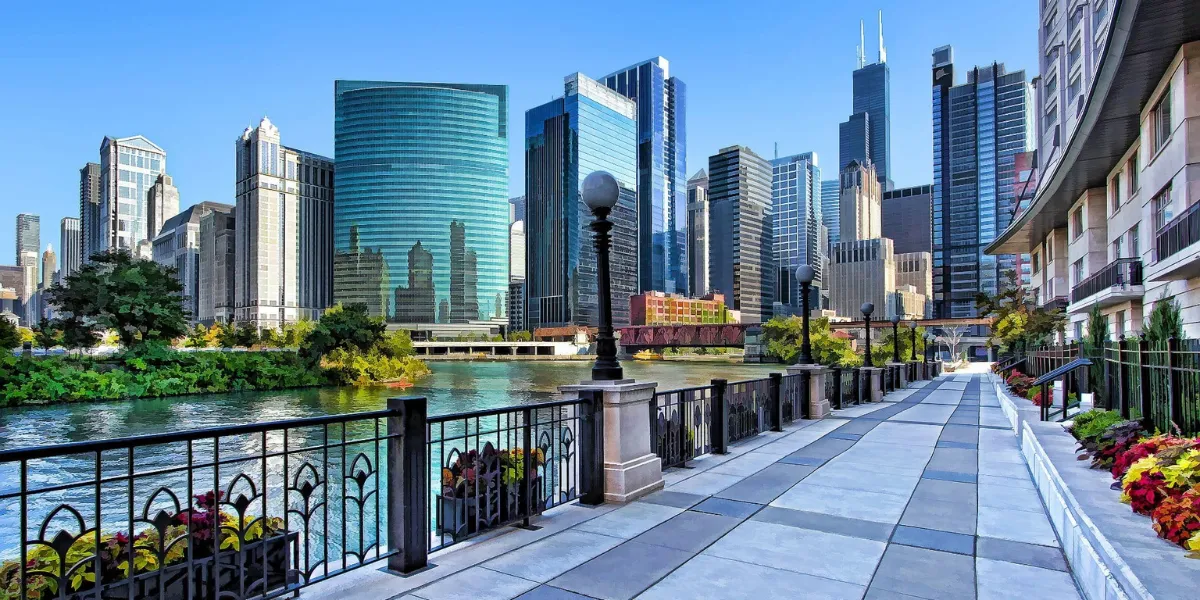
This heading captures the transformation of a small colonial settlement, the Town of York, into the bustling, modern metropolis now known as Toronto. It highlights the significant changes and development that have occurred over more than two centuries, shaping the city’s identity and growth.
Founding of the Town of York:
The Town of York was established in 1793 by Lieutenant Governor John Graves Simcoe as the capital of Upper Canada.
The location was chosen for its strategic advantages, including a natural harbor and defensible position against American forces.
Early Development and Challenges:
The early years were marked by efforts to build infrastructure, including roads, government buildings, and fortifications.
The town faced challenges such as the War of 1812, during which it was attacked and partially burned by American forces.
Growth and Industrialization:
In the mid-19th century, York transitioned into the City of Toronto in 1834, reflecting its growing population and economic importance.
The Industrial Revolution spurred significant growth, with the establishment of factories, railways, and shipping routes, making Toronto a key industrial and commercial hub.
Urban Expansion:
Toronto expanded rapidly through annexation of surrounding villages and towns, leading to the development of new neighborhoods, including King West Village.
Urban planning and the construction of public amenities like parks, schools, and hospitals were crucial to accommodating the growing population.
Cultural and Social Evolution:
The city became a melting pot of cultures due to waves of immigration, contributing to its diverse social fabric.
Cultural institutions, such as theaters, museums, and universities, were established, fostering a rich cultural scene.
Modernization and Skyscraper Era:
The late 20th and early 21st centuries saw Toronto transform with the rise of skyscrapers, modern infrastructure, and a robust financial district.
Technological advancements and a focus on sustainability have further shaped the city’s development.
Economic Transformation:
From a primarily industrial economy, Toronto has evolved into a global financial and technology center.
The city is home to major corporations, financial institutions, and a thriving start-up ecosystem.
Challenges and Resilience:
Throughout its evolution, Toronto has faced challenges such as economic downturns, social issues, and environmental concerns.
The city’s ability to adapt and innovate has been key to its resilience and continued growth.
Current Status as a Global City:
Today, Toronto is recognized as one of the most multicultural and dynamic cities in the world.
It plays a significant role in global trade, culture, and innovation, attracting talent and investment from around the globe.
Future Prospects:
The city’s future development focuses on smart growth, sustainability, and inclusivity.
Efforts to preserve its historical heritage while fostering modern advancements are central to its continued evolution.
By examining these elements, the heading “From Town of York to Modern Toronto: An Evolution” encapsulates the journey of Toronto from its humble beginnings as a colonial outpost to a leading global city, highlighting the significant milestones and transformations along the way.
Key Landmarks and Heritage Sites in King West Village

This heading focuses on the notable historical and cultural landmarks that define King West Village, highlighting the area’s rich heritage and its contributions to Toronto’s identity. These landmarks and heritage sites provide a tangible link to the past and showcase the architectural, cultural, and historical significance of the neighborhood.
Theatre and Entertainment District:
King West Village is renowned for its vibrant theater scene, with historic venues like the Royal Alexandra Theatre, which opened in 1907 and is one of the oldest continuously operating theaters in North America.
The Princess of Wales Theatre, built in 1993, is another iconic venue, contributing to the area’s reputation as a cultural hub.
Historic Buildings:
Many buildings in King West Village date back to the 19th and early 20th centuries, showcasing architectural styles such as Victorian, Edwardian, and early modern.
The Toronto Carpet Factory, a complex of restored industrial buildings, is a prime example of adaptive reuse, blending historical architecture with modern functionality.
Industrial Heritage:
The area was once a bustling industrial district, with factories and warehouses that have since been repurposed for modern use.
The Massey Harris Building, originally a farm equipment factory, is now a residential and commercial space, preserving its industrial heritage.
Public Art and Murals:
King West Village features numerous public art installations and murals that celebrate its history and cultural diversity.
Artworks like the graffiti murals in Graffiti Alley are significant cultural landmarks, attracting both locals and tourists.
Historical Plaques and Markers:
Throughout the neighborhood, historical plaques and markers provide information about significant sites and events.
These markers help educate the public about the rich history of King West Village and its role in Toronto’s development.
Parks and Green Spaces:
Victoria Memorial Square, one of Toronto’s oldest parks, serves as a heritage site and a memorial for soldiers from the War of 1812.
Clarence Square Park, established in the mid-19th century, is another historical green space that offers a peaceful retreat amidst the urban environment.
Residential Heritage:
The neighborhood includes historical residential buildings, such as the row houses on Wellington Street, which reflect the living conditions and architectural preferences of the past.
These preserved homes provide insight into the neighborhood’s historical residential life.
Heritage Conservation Efforts:
Efforts to preserve and restore historical buildings and sites are ongoing, ensuring that the heritage of King West Village is maintained for future generations.
Organizations and local government initiatives work to protect these landmarks from modern development pressures.
Cultural Institutions and Museums:
Institutions like the Toronto Railway Museum, located in the nearby Roundhouse Park, highlight the area’s historical connection to the railway industry.
These cultural institutions play a crucial role in preserving and presenting the neighborhood’s history.
Architectural Tours and Historical Walks:
Guided tours and self-guided historical walks offer residents and visitors the opportunity to explore and learn about King West Village’s heritage.
These tours often highlight key landmarks and provide context about the neighborhood’s historical development.
By detailing these points, the heading “Key Landmarks and Heritage Sites in King West Village” emphasizes the importance of preserving and understanding the historical and cultural landmarks that contribute to the unique character and identity of King West Village.
Architectural Styles and Influences in King West Village
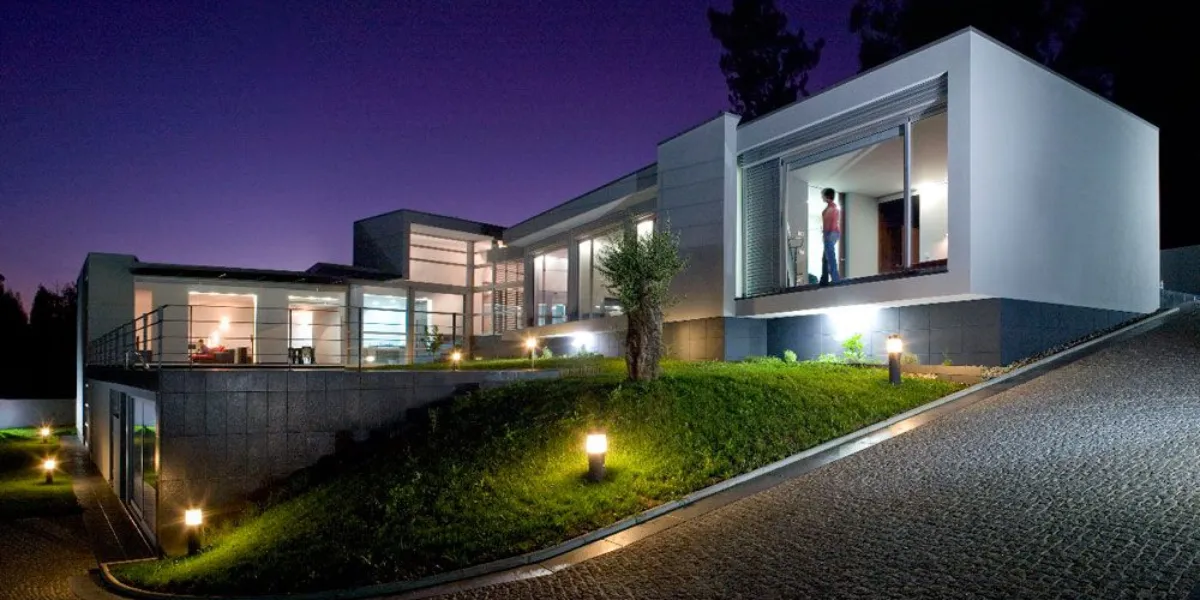
This heading delves into the diverse architectural styles and influences that define King West Village, showcasing the area’s historical evolution and cultural richness through its built environment. It highlights how different periods, design trends, and functional needs have shaped the neighborhood’s unique architectural landscape.
Victorian Architecture:
Many buildings in King West Village date back to the late 19th century, featuring Victorian architectural styles.
Characteristics include intricate brickwork, ornate facades, steep gable roofs, and decorative trim.
Edwardian Architecture:
Early 20th-century structures often exhibit Edwardian architectural elements, known for their more restrained and formal aesthetic compared to Victorian styles.
Common features include larger windows, simpler facades, and elegant but less ornate detailing.
Industrial Architecture:
The neighborhood’s past as an industrial hub is reflected in the architecture of former factories and warehouses.
These buildings typically feature large, open floor plans, high ceilings, and robust materials like brick and steel, designed for durability and functionality.
Art Deco and Early Modernism:
Some buildings from the early to mid-20th century showcase Art Deco and early modernist influences, with streamlined forms, geometric patterns, and the use of new construction materials like concrete and glass.
These styles marked a shift towards modernity and were indicative of the industrial progress and optimism of the era.
Adaptive Reuse and Restoration:
Many historical industrial buildings have been repurposed for contemporary uses, such as lofts, offices, and retail spaces.
This trend preserves the architectural heritage while adapting the structures to meet modern needs, often blending old and new design elements.
Contemporary Architecture:
Recent developments in King West Village include modern residential and commercial buildings characterized by sleek lines, minimalistic design, and innovative use of materials.
These contemporary structures often incorporate sustainable design principles and cutting-edge technology.
Mixed-Use Developments:
The neighborhood features a variety of mixed-use buildings that combine residential, commercial, and recreational spaces.
This approach reflects urban planning trends aimed at creating vibrant, livable communities that integrate different aspects of daily life.
Influence of Urban Planning:
Urban planning initiatives have influenced the architectural character of King West Village, emphasizing pedestrian-friendly designs, green spaces, and public amenities.
Efforts to maintain a human scale in architecture help preserve the neighborhood’s intimate and accessible feel.
Cultural and Historical Preservation:
There is a strong emphasis on preserving and highlighting the architectural heritage of the area.
Restoration projects often aim to retain original architectural features while ensuring buildings meet contemporary standards.
Architectural Tours and Education:
Architectural tours and educational programs help residents and visitors appreciate the diverse styles and historical context of King West Village.
These initiatives foster a deeper understanding of the neighborhood’s architectural evolution and cultural significance.
By exploring these points, the heading “Architectural Styles and Influences in King West Village” emphasizes the rich tapestry of architectural design that defines the neighborhood. It reflects how different eras, cultural influences, and functional needs have come together to create a visually and historically rich urban landscape.
The Role of King West Village in Toronto’s Development
This heading focuses on how King West Village has contributed to the overall growth and evolution of Toronto. It highlights the neighborhood’s influence on the city’s economic, cultural, social, and urban development, demonstrating its significance in shaping Toronto’s identity.
Historical Foundations:
King West Village was part of the original Town of York, established in the late 18th century.
Its strategic location and early development set the stage for Toronto’s expansion and economic growth.
Industrial Hub:
In the 19th and early 20th centuries, King West Village became a major industrial area, housing factories, warehouses, and railways.
This industrial activity attracted workers and businesses, contributing to Toronto’s economic development and urbanization.
Cultural Contributions:
The neighborhood has long been a center for arts and culture, with historic theaters, galleries, and performance spaces.
Cultural institutions in King West Village have played a crucial role in shaping Toronto’s cultural landscape, making it a vibrant and diverse city.
Economic Impact:
The transformation of old industrial buildings into modern commercial spaces has attracted businesses and startups, boosting Toronto’s economy.
The area’s mix of residential, commercial, and recreational spaces has made it a desirable location for professionals, contributing to the city’s economic vitality.
Urban Development and Revitalization:
King West Village has been at the forefront of urban redevelopment, serving as a model for adaptive reuse and sustainable urban planning.
Efforts to revitalize the area have preserved its historical character while accommodating modern growth, influencing urban development practices across Toronto.
Residential Growth:
The neighborhood’s development has included significant residential growth, with new condos and lofts attracting a diverse population.
This residential influx has supported local businesses and enhanced the area’s community feel, contributing to Toronto’s overall population growth.
Transportation and Infrastructure:
The development of transportation networks, including streetcars and railways, in and around King West Village has facilitated connectivity and mobility within Toronto.
These infrastructure improvements have supported the city’s expansion and accessibility.
Social and Community Impact:
King West Village has fostered a strong sense of community, with public spaces, parks, and community events that enhance the quality of life for residents.
The neighborhood’s inclusive and dynamic atmosphere has made it a microcosm of Toronto’s broader social diversity.
Innovation and Technology:
The area has become a hub for innovation and technology, with numerous startups and tech companies setting up offices in the neighborhood.
This concentration of innovation has contributed to Toronto’s reputation as a leading tech city.
Tourism and Hospitality:
King West Village is a popular destination for tourists, with its vibrant nightlife, dining scene, and cultural attractions.
The influx of tourists has supported the local economy and helped position Toronto as a global city.
By detailing these points, the heading “The Role of King West Village in Toronto’s Development” underscores the multifaceted contributions of the neighborhood to the city’s growth. It highlights how King West Village has influenced Toronto’s economic, cultural, social, and urban landscapes, playing a pivotal role in its development.
The Economic Transformation of King West Village
This heading addresses the significant changes and developments that have shaped the economic landscape of King West Village over time. It highlights the shift from an industrial hub to a vibrant mixed-use neighborhood, showcasing how economic activities and structures have evolved to meet modern demands.
Industrial Beginnings:
In the 19th and early 20th centuries, King West Village was a major industrial center in Toronto.
Factories, warehouses, and manufacturing plants dominated the area, providing employment and driving economic activity.
Decline of Industrial Activity:
By the mid-20th century, industrial activity in King West Village began to decline due to deindustrialization and the movement of factories to suburban areas.
This decline led to vacant industrial buildings and economic stagnation in the neighborhood.
Urban Renewal and Redevelopment:
Starting in the late 20th century, King West Village underwent significant urban renewal and redevelopment efforts.
Former industrial buildings were repurposed into lofts, offices, and commercial spaces, sparking new economic activity and investment.
Rise of the Tech and Creative Sectors:
The neighborhood attracted tech companies, startups, and creative industries, transforming it into a hub for innovation and entrepreneurship.
The influx of these sectors brought new jobs, increased demand for office space, and stimulated economic growth.
Real Estate Boom:
The redevelopment of industrial buildings into residential and commercial properties led to a real estate boom in King West Village.
Property values soared, and new condominium projects emerged, attracting a mix of young professionals and investors.
Growth of Retail and Hospitality:
Alongside residential and office developments, the retail and hospitality sectors flourished.
Trendy boutiques, restaurants, bars, and cafes opened, catering to the lifestyle of new residents and visitors, and boosting local commerce.
Economic Diversification:
The neighborhood’s economy diversified with the presence of various sectors, including finance, technology, media, and design.
This diversification made King West Village economically resilient and attractive to a wide range of businesses.
Tourism and Entertainment:
King West Village became a popular destination for tourists, known for its vibrant nightlife, cultural events, and entertainment options.
The tourism industry contributed significantly to the local economy, supporting hotels, restaurants, and entertainment venues.
Community and Infrastructure Investments:
Investments in community amenities and infrastructure, such as parks, public transportation, and public art, enhanced the quality of life and economic appeal of the neighborhood.
These improvements attracted further investment and development.
Sustainable Development and Future Prospects:
Recent economic development in King West Village emphasizes sustainability, with eco-friendly buildings and green initiatives.
The neighborhood is poised for continued economic growth, balancing modern development with historical preservation and community needs.
By exploring these points, the heading “The Economic Transformation of King West Village” highlights the dynamic changes that have redefined the neighborhood’s economic landscape. It showcases the shift from an industrial past to a thriving, diverse, and modern economic hub, reflecting broader trends in urban redevelopment and economic revitalization.
Preserving the Legacy: Heritage Conservation Efforts
This heading focuses on the initiatives and strategies implemented to preserve the historical and cultural heritage of King West Village. It highlights the importance of maintaining the neighborhood’s historical character while accommodating modern growth and development.
Importance of Heritage Conservation:
Heritage conservation is vital for maintaining the cultural identity and historical integrity of King West Village.
Preserving historical buildings and sites ensures that the architectural and cultural legacy is passed down to future generations.
Historical Significance of King West Village:
The neighborhood is rich in history, with buildings and sites dating back to the 19th century and early 20th century.
Its historical significance includes its industrial past, Victorian and Edwardian architecture, and cultural landmarks.
Regulatory Framework:
Heritage conservation efforts are guided by local and national regulations and policies.
Designation of heritage buildings under the Ontario Heritage Act provides legal protection and guidelines for preservation.
Restoration and Adaptive Reuse:
Restoration projects focus on repairing and maintaining historical structures, often using traditional materials and techniques to preserve authenticity.
Adaptive reuse involves repurposing old industrial buildings for modern uses, such as residential lofts, offices, and cultural spaces, while retaining their historical features.
Community Involvement:
Community involvement is crucial for successful heritage conservation.
Local residents, historical societies, and advocacy groups play active roles in promoting and supporting conservation efforts.
Architectural Preservation:
Specific architectural elements, such as facades, interiors, and unique design features, are preserved to maintain the historical character of buildings.
Conservation efforts often involve meticulous documentation and careful restoration work.
Incentives and Funding:
Governments and organizations provide incentives and funding to support heritage conservation.
Grants, tax relief, and other financial assistance help property owners undertake preservation projects.
Balancing Modern Development and Heritage:
Conservation efforts aim to balance the need for modern development with the preservation of historical sites.
Urban planning policies encourage developers to integrate new projects with the existing historical fabric of the neighborhood.
Education and Awareness:
Educational programs and public awareness campaigns highlight the importance of heritage conservation.
Tours, exhibitions, and informational plaques help educate the public about the neighborhood’s history and preservation efforts.
Challenges and Future Directions:
Heritage conservation faces challenges such as funding constraints, development pressures, and environmental factors.
Future directions involve innovative approaches to preservation, increased community engagement, and sustainable practices to ensure long-term conservation.
By detailing these points, the heading “Preserving the Legacy: Heritage Conservation Efforts” underscores the multifaceted approach to maintaining King West Village’s historical and cultural heritage. It highlights the importance of preserving the past while supporting the neighborhood’s growth and modernization.
Future Prospects: King West Village in the 21st Century
This heading explores the anticipated developments, opportunities, and challenges for King West Village as it navigates the complexities of the 21st century. It sheds light on the neighborhood’s potential trajectory and the strategies needed to ensure its continued growth, sustainability, and vibrancy.
Sustainable Urban Development:
Future development in King West Village will prioritize sustainability, with a focus on green building practices, energy efficiency, and renewable energy sources.
Sustainable urban planning initiatives will aim to reduce environmental impact and enhance the neighborhood’s resilience to climate change.
Smart Growth and Infrastructure:
Smart growth principles will guide infrastructure development, including transportation networks, public spaces, and utilities.
Investments in technology and data-driven planning will improve efficiency, connectivity, and livability in the neighborhood.
Mixed-Use Zoning and Placemaking:
Continued emphasis will be placed on mixed-use zoning to create diverse and vibrant urban spaces.
Placemaking initiatives will enhance the public realm, creating inviting streetscapes, parks, and gathering spaces for residents and visitors.
Cultural Preservation and Creative Industries:
Efforts to preserve King West Village’s cultural heritage will remain a priority, with a focus on protecting historical buildings, landmarks, and cultural institutions.
The neighborhood will continue to attract and support creative industries, fostering innovation, entrepreneurship, and artistic expression.
Affordable Housing and Inclusivity:
Addressing affordability challenges will be essential to ensure housing remains accessible to a diverse range of residents.
Inclusive housing policies and community engagement initiatives will promote social equity and diversity in King West Village.
Economic Diversification and Innovation:
The neighborhood will continue to evolve as a dynamic economic hub, attracting a mix of industries, including technology, finance, media, and design.
Innovation districts and collaborative spaces will support entrepreneurship, research, and knowledge-sharing.
Community Engagement and Empowerment:
Community engagement will play a crucial role in shaping the future of King West Village, with residents actively participating in decision-making processes.
Empowering local communities and fostering social cohesion will be essential for creating a sense of ownership and belonging.
Tourism and Hospitality:
King West Village will remain a popular destination for tourists, offering unique cultural experiences, dining options, and entertainment venues.
Sustainable tourism practices will be promoted to minimize negative impacts on the neighborhood and enhance the visitor experience.
Resilience and Adaptation:
Building resilience to economic, social, and environmental challenges will be a key focus for the neighborhood.
Adaptive strategies and disaster preparedness plans will help King West Village mitigate risks and recover from shocks and disruptions.
Collaboration and Partnerships:
Collaboration between government, businesses, community organizations, and stakeholders will be essential for achieving shared goals and addressing complex urban issues.
Public-private partnerships and community-driven initiatives will drive innovation and positive change in King West Village.
By outlining these points, the heading “Future Prospects: King West Village in the 21st Century” offers a comprehensive outlook on the neighborhood’s potential trajectory and the strategies needed to ensure its long-term success and sustainability in the modern era.
Click here for more visited Posts!

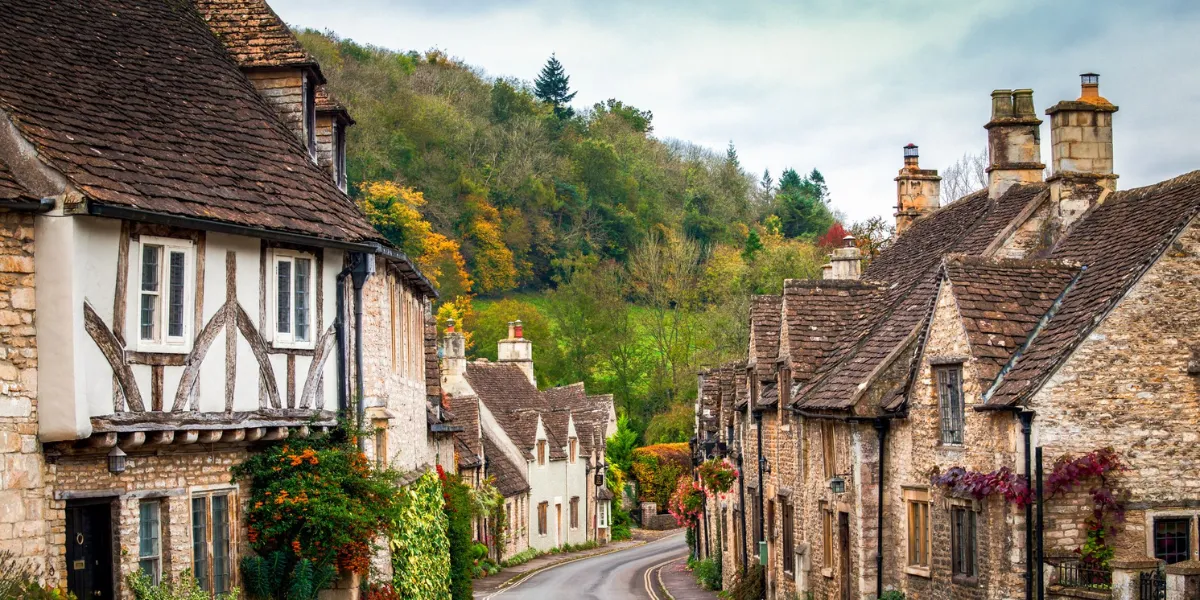
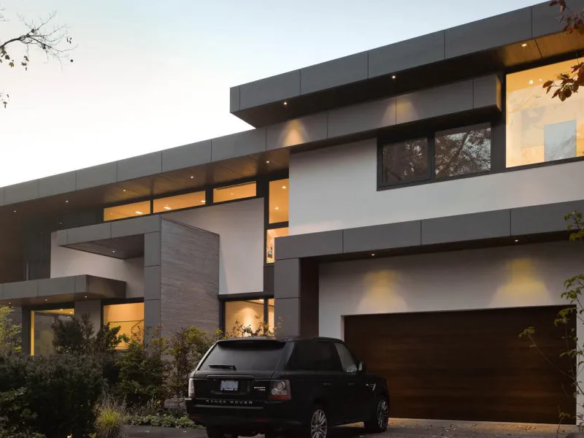


Join The Discussion